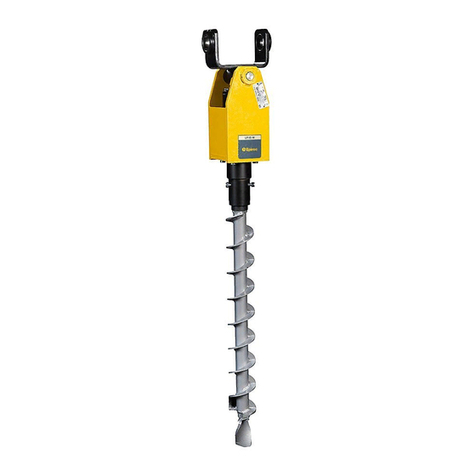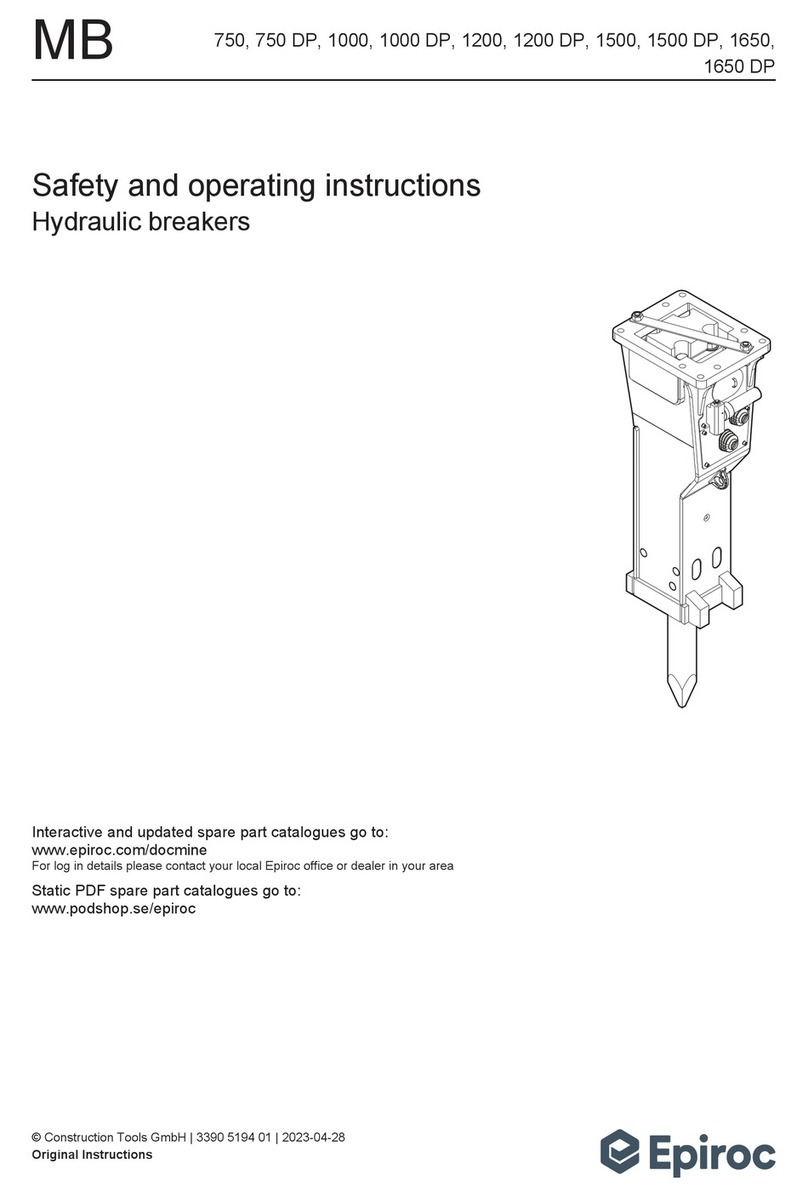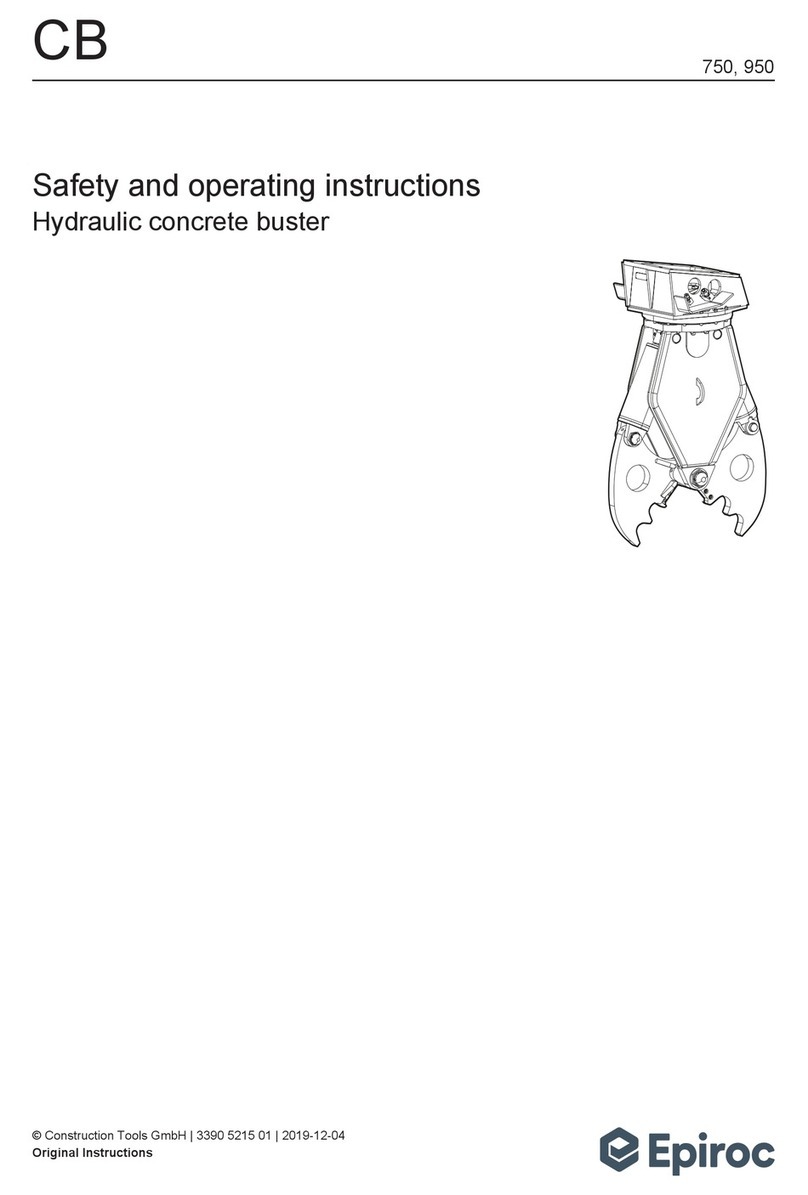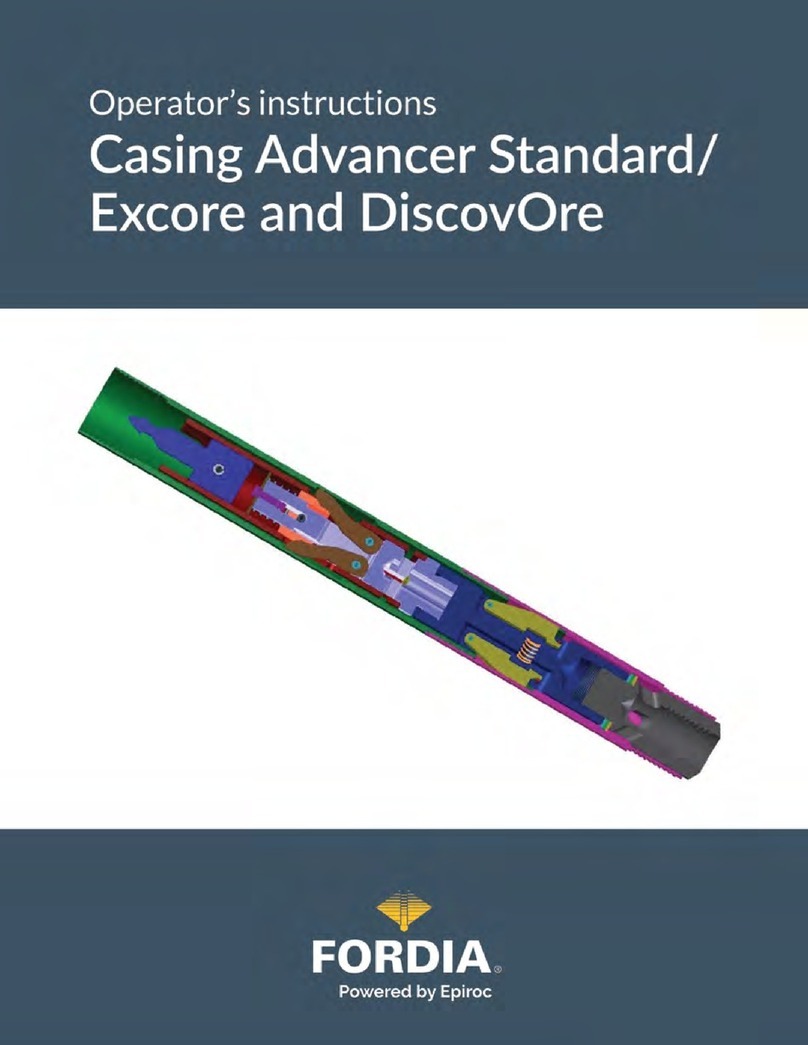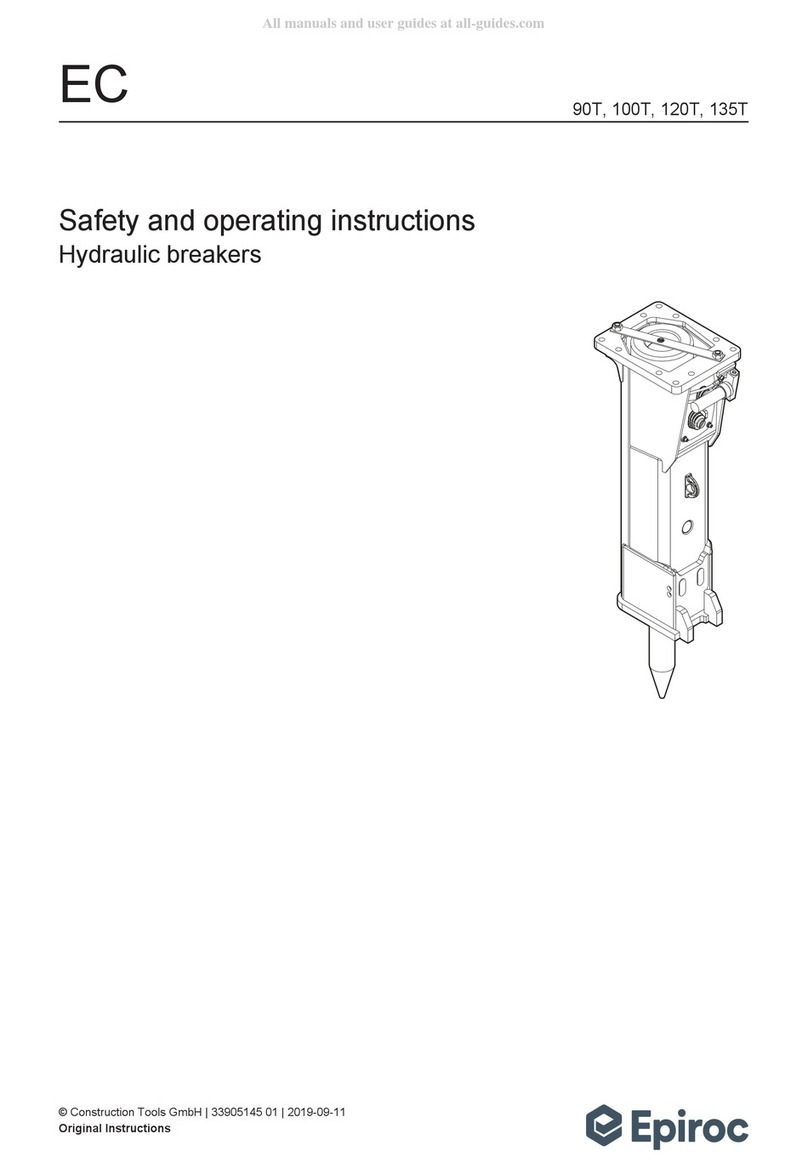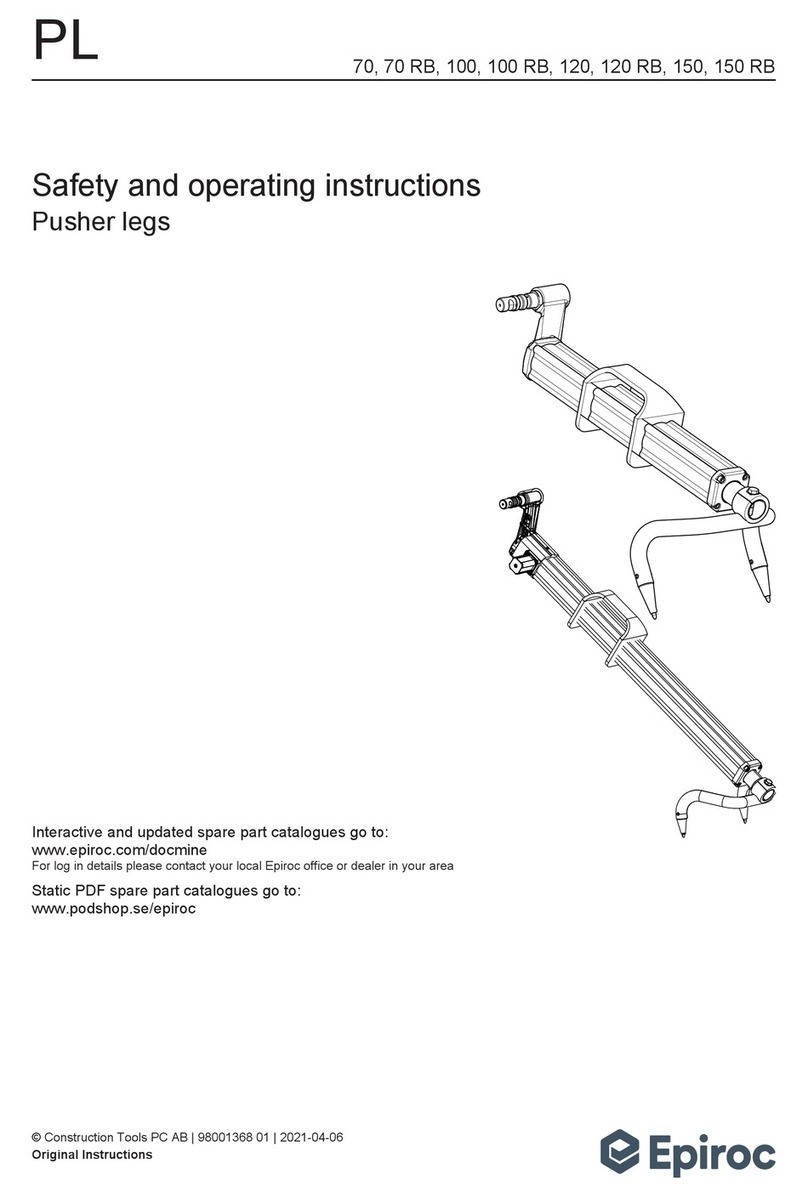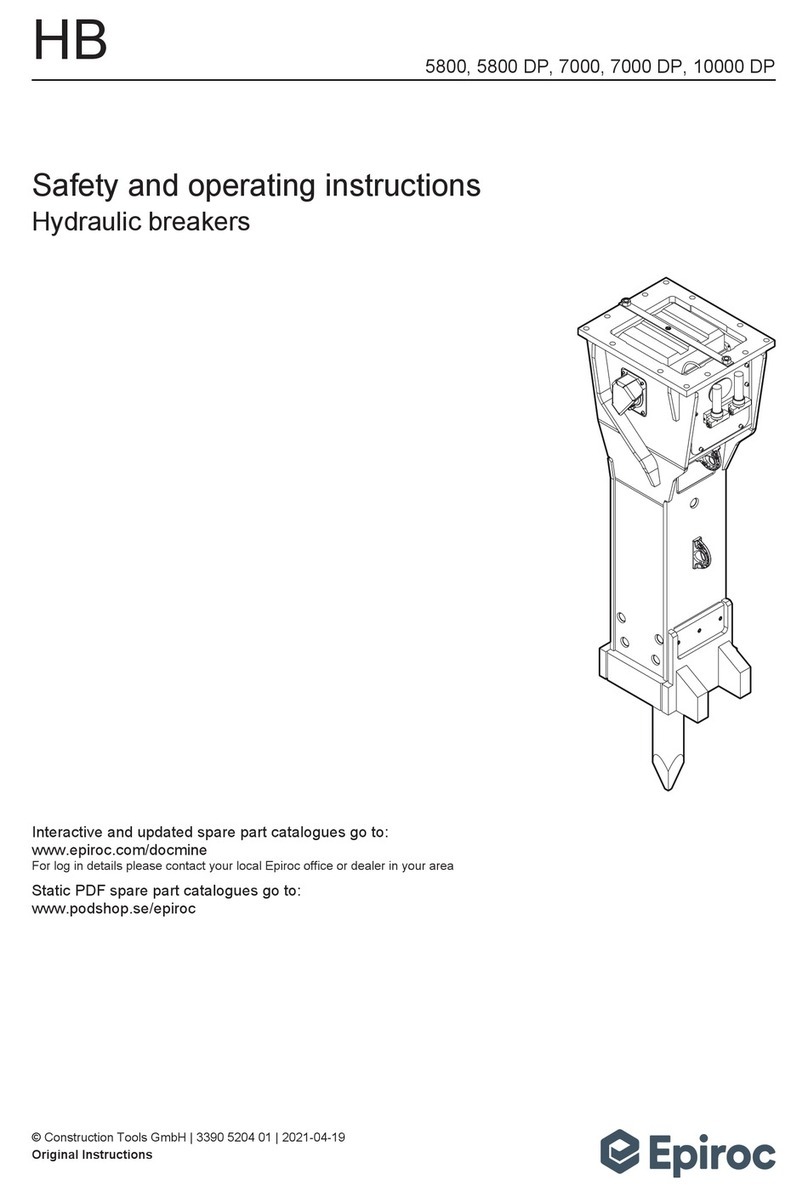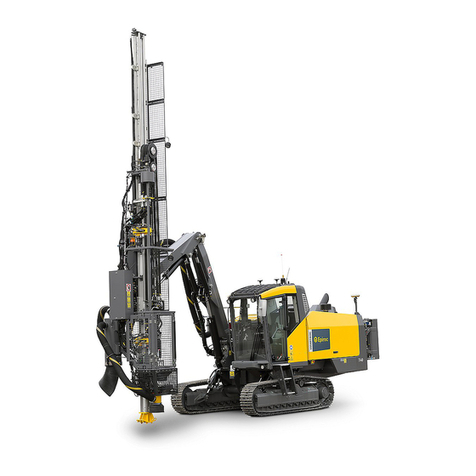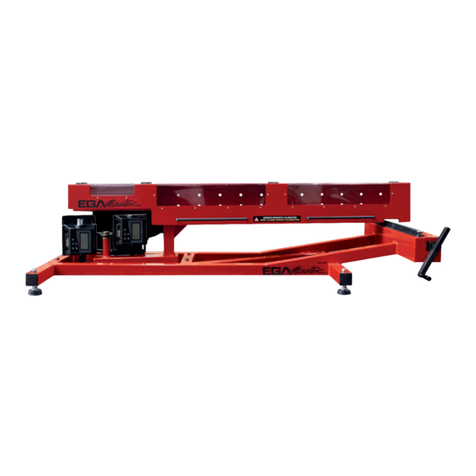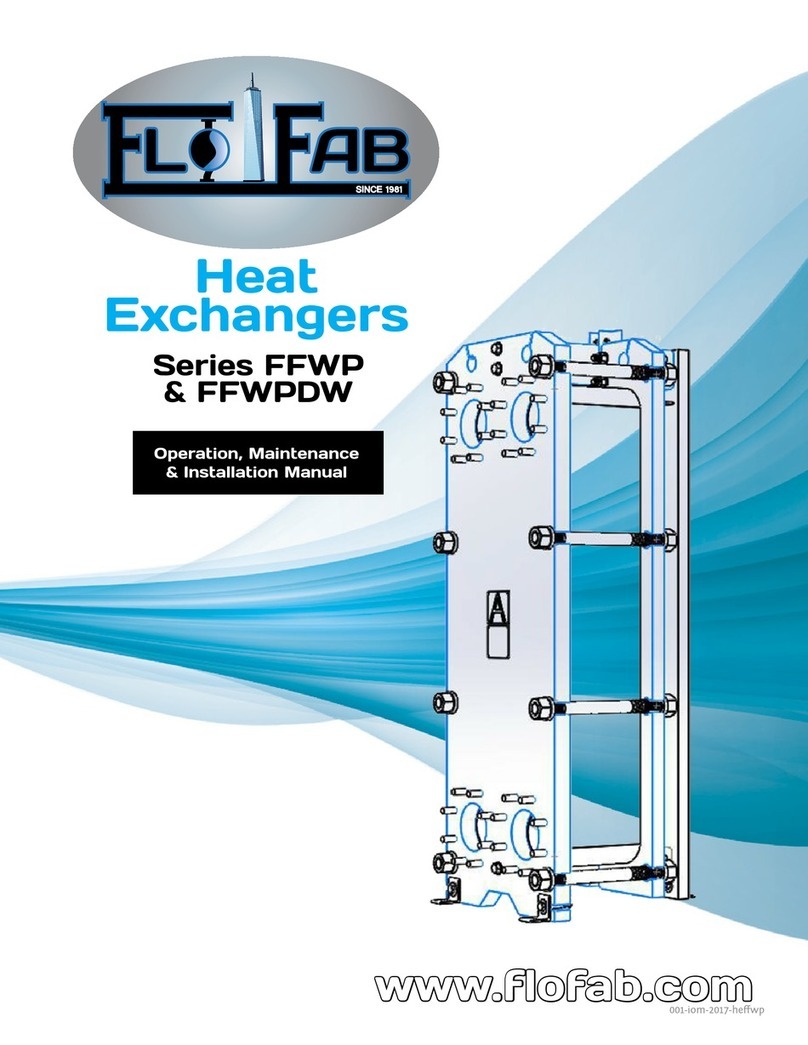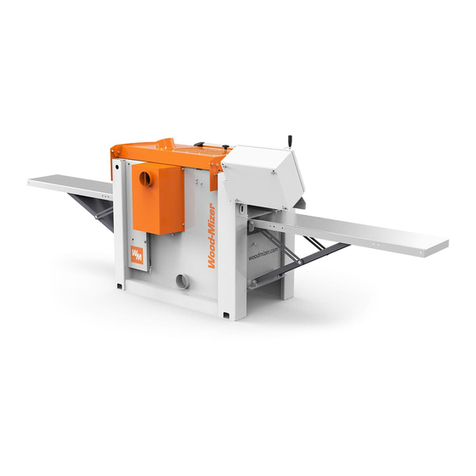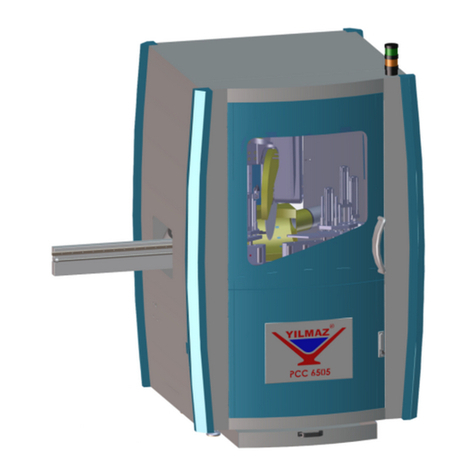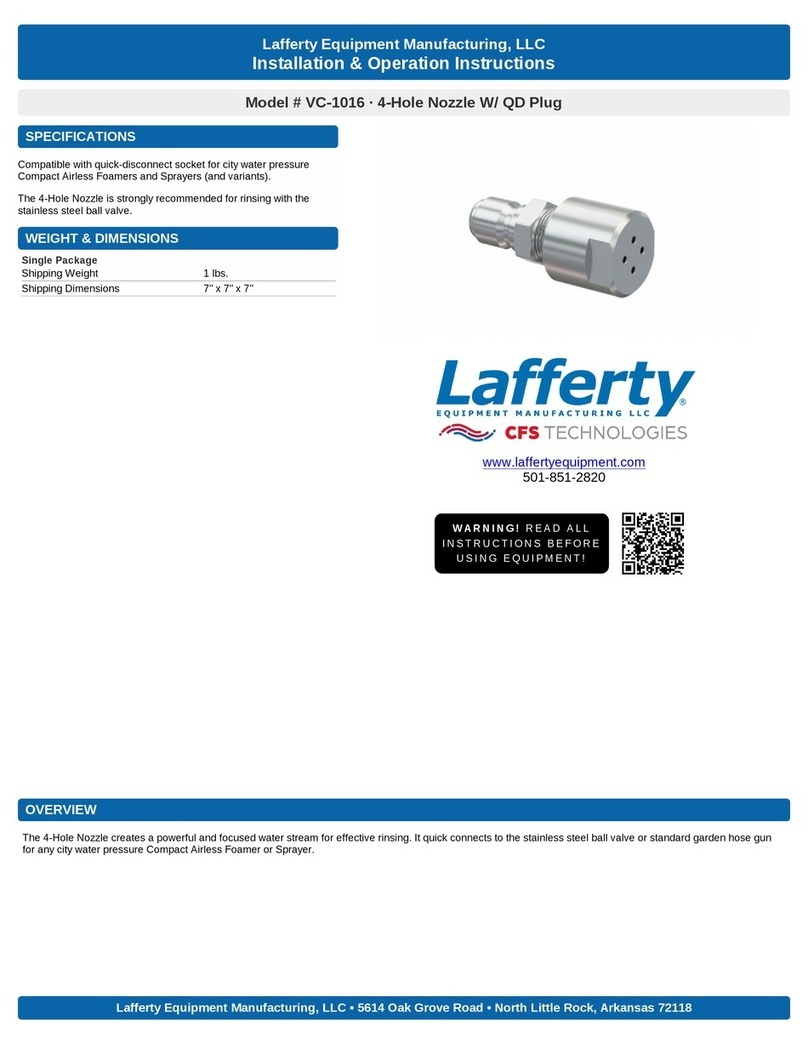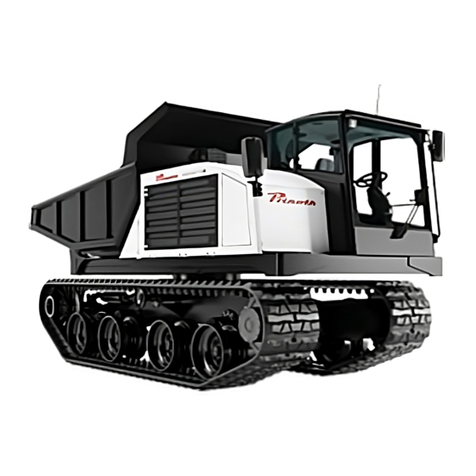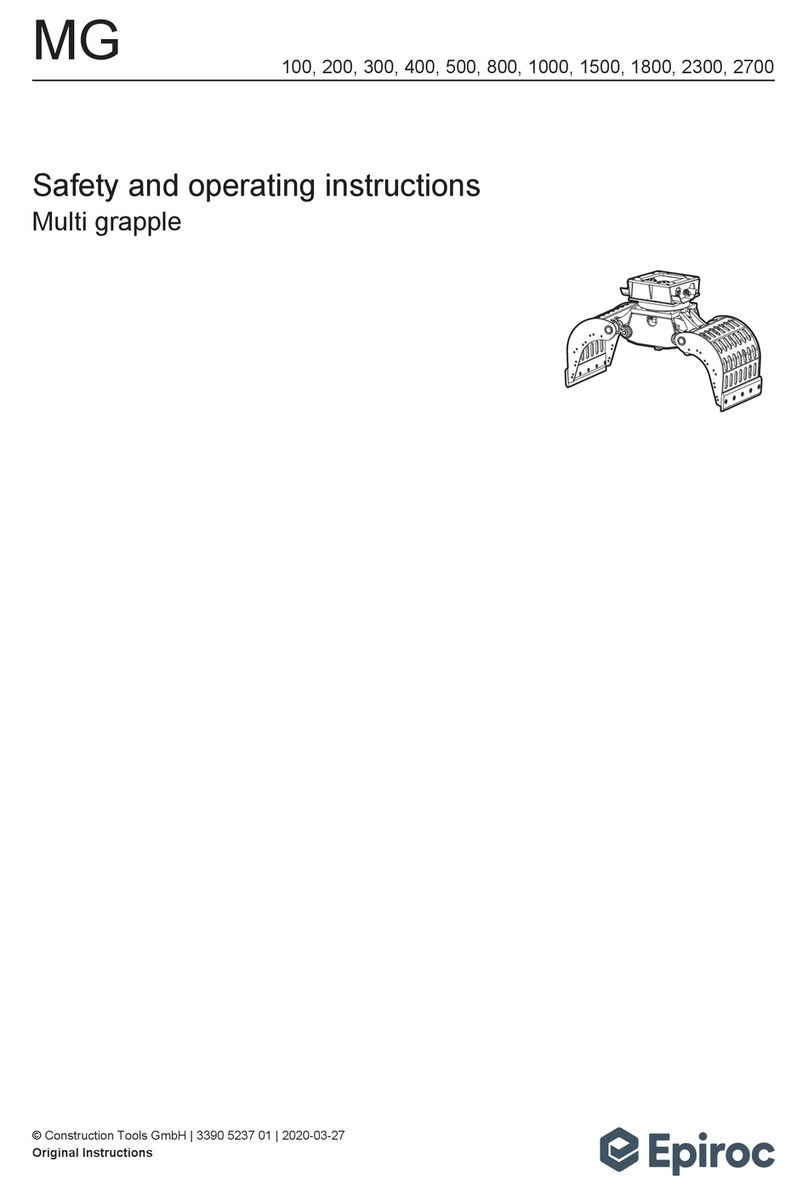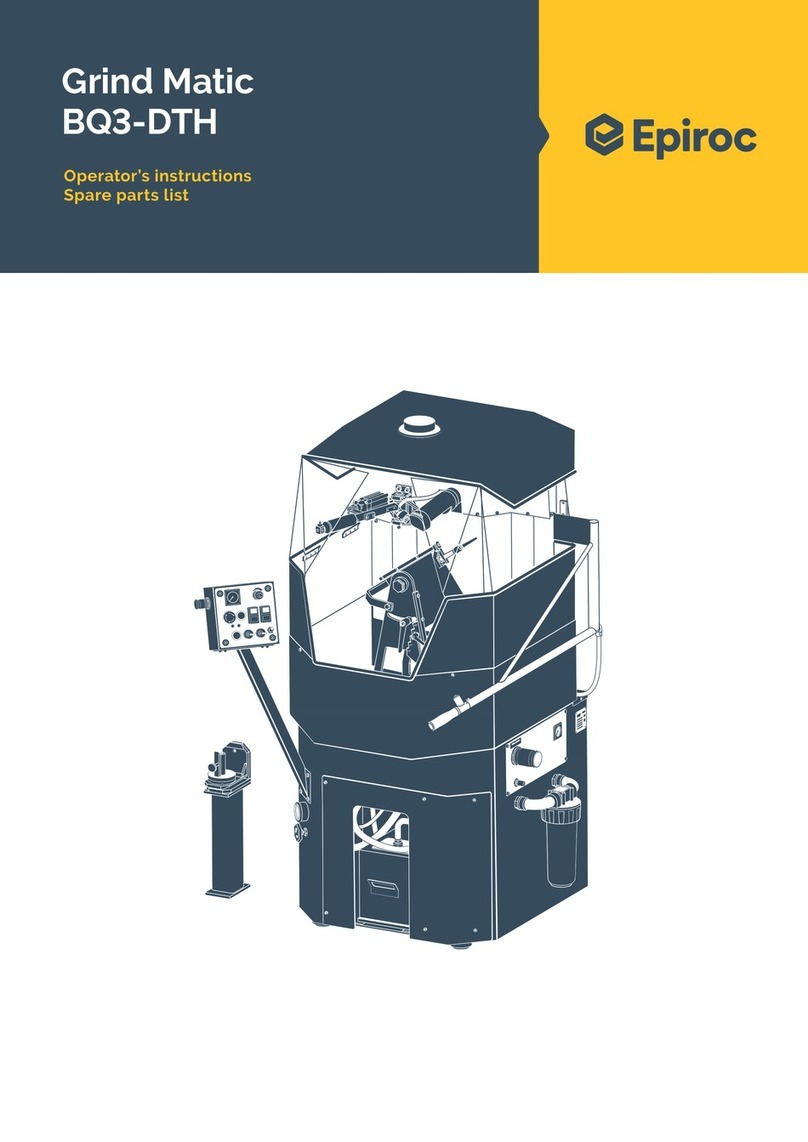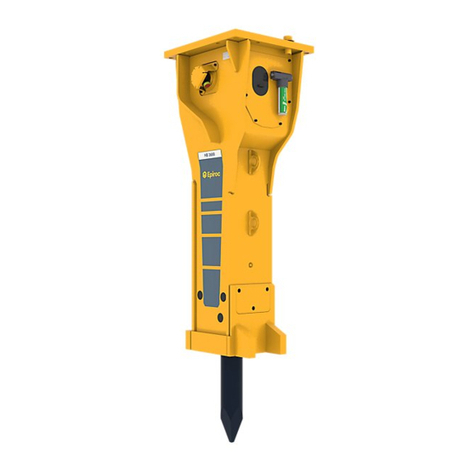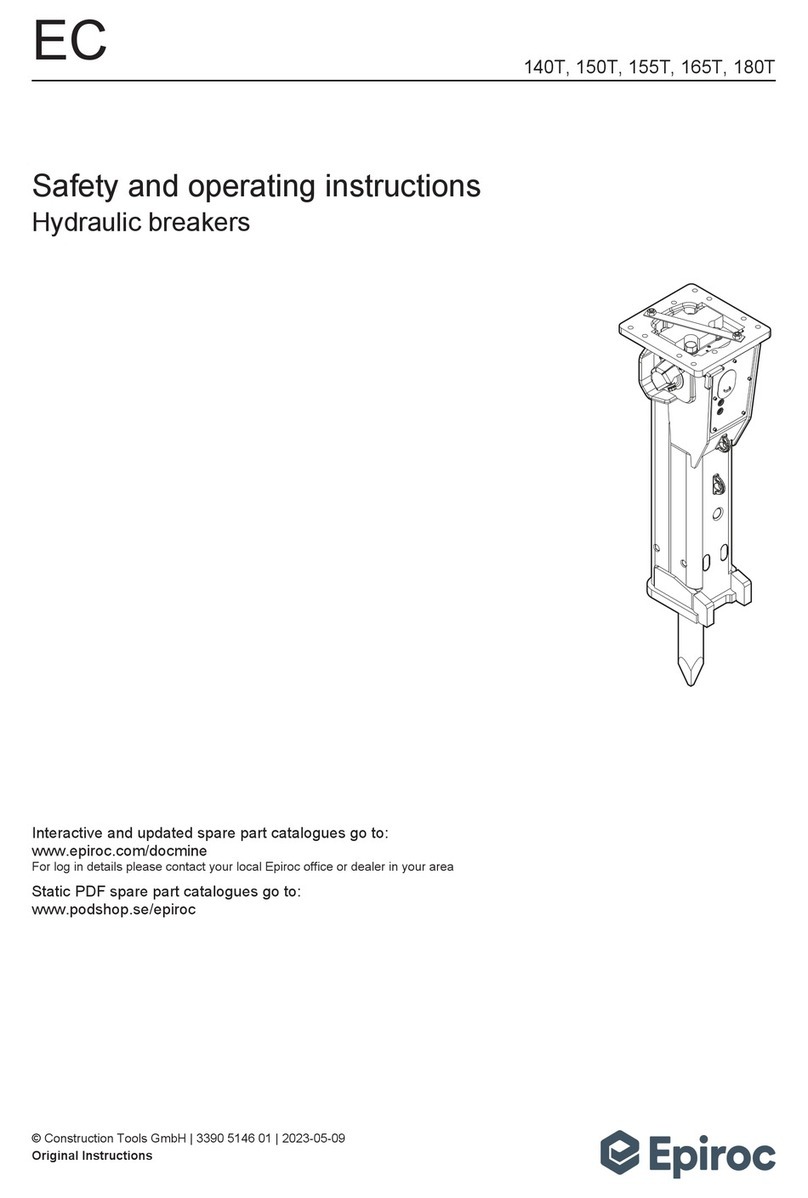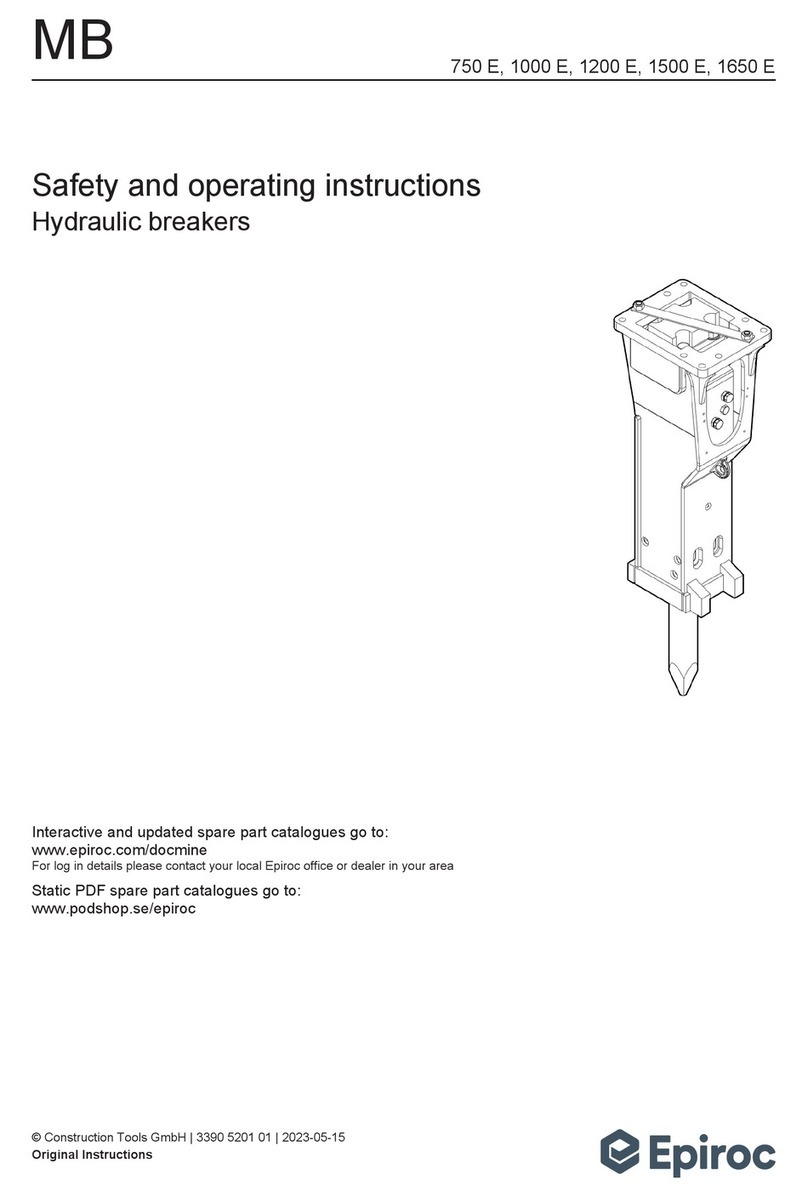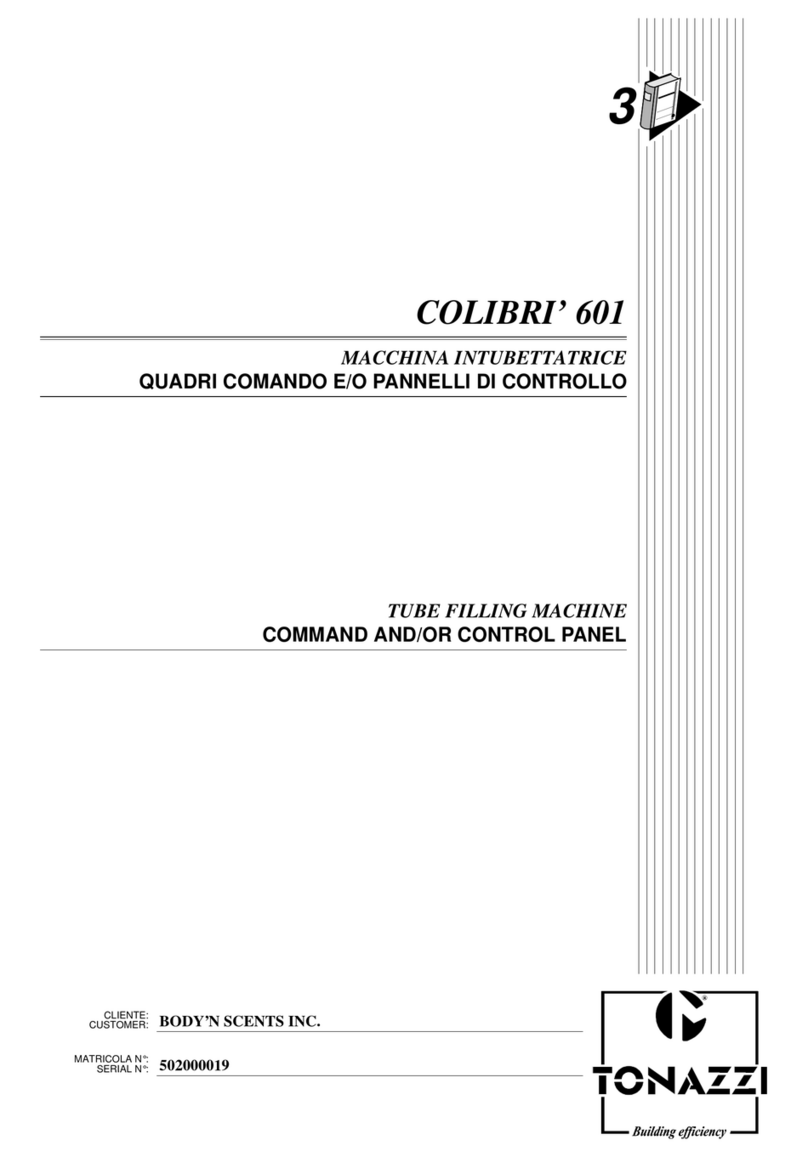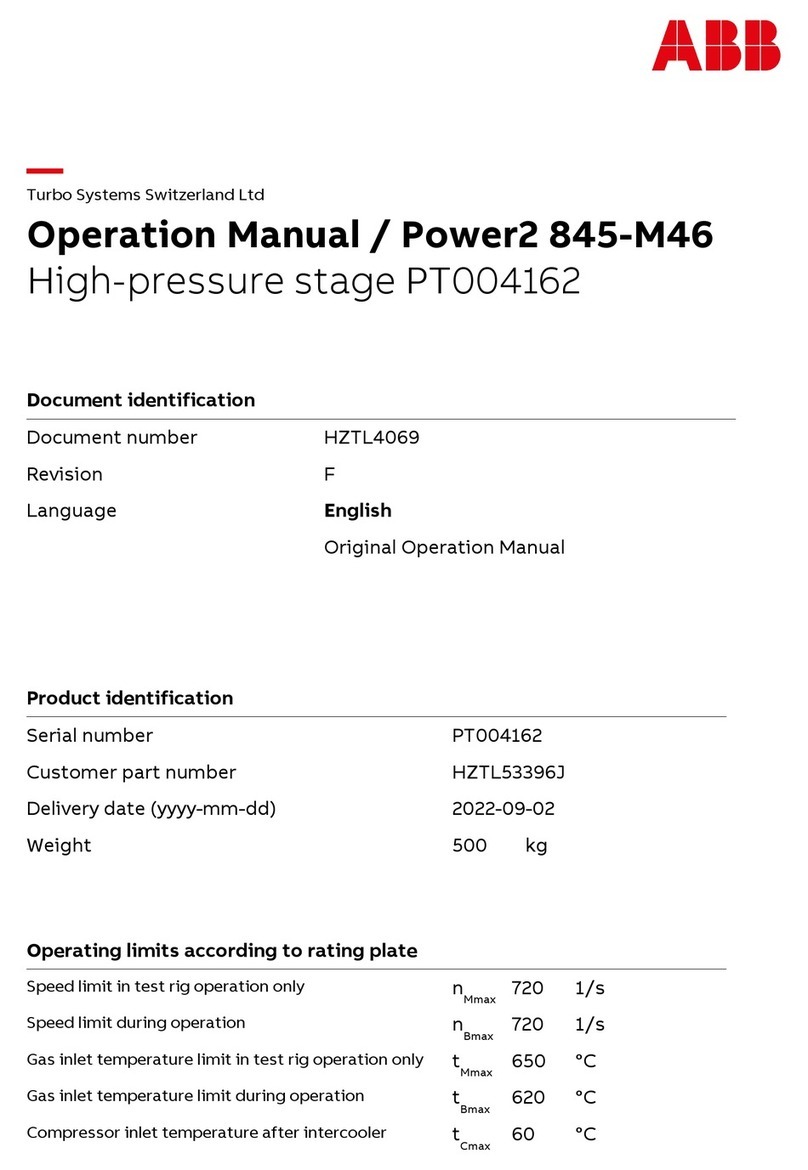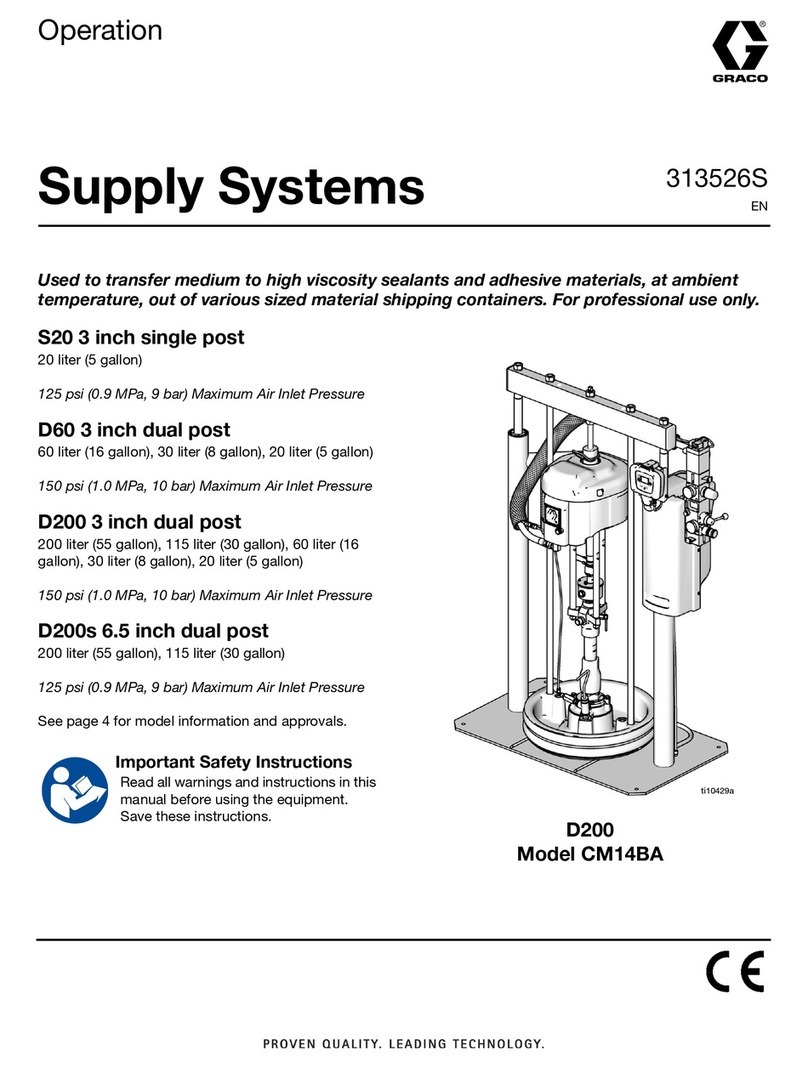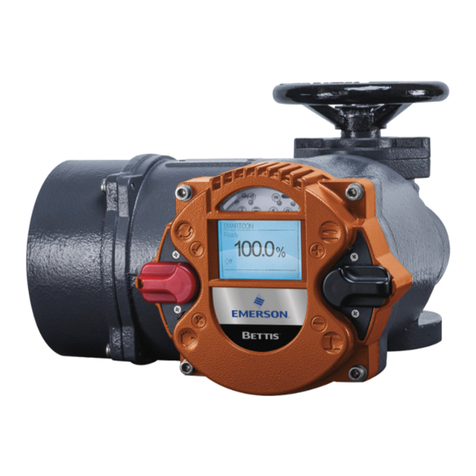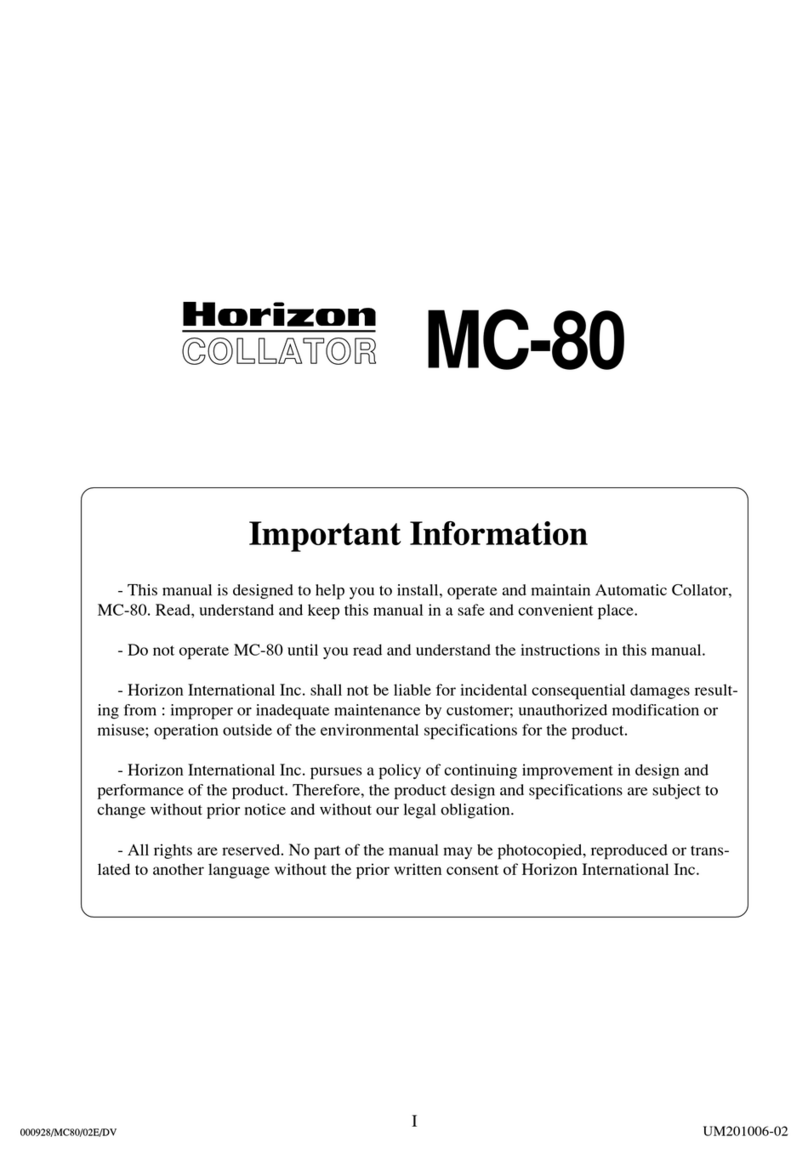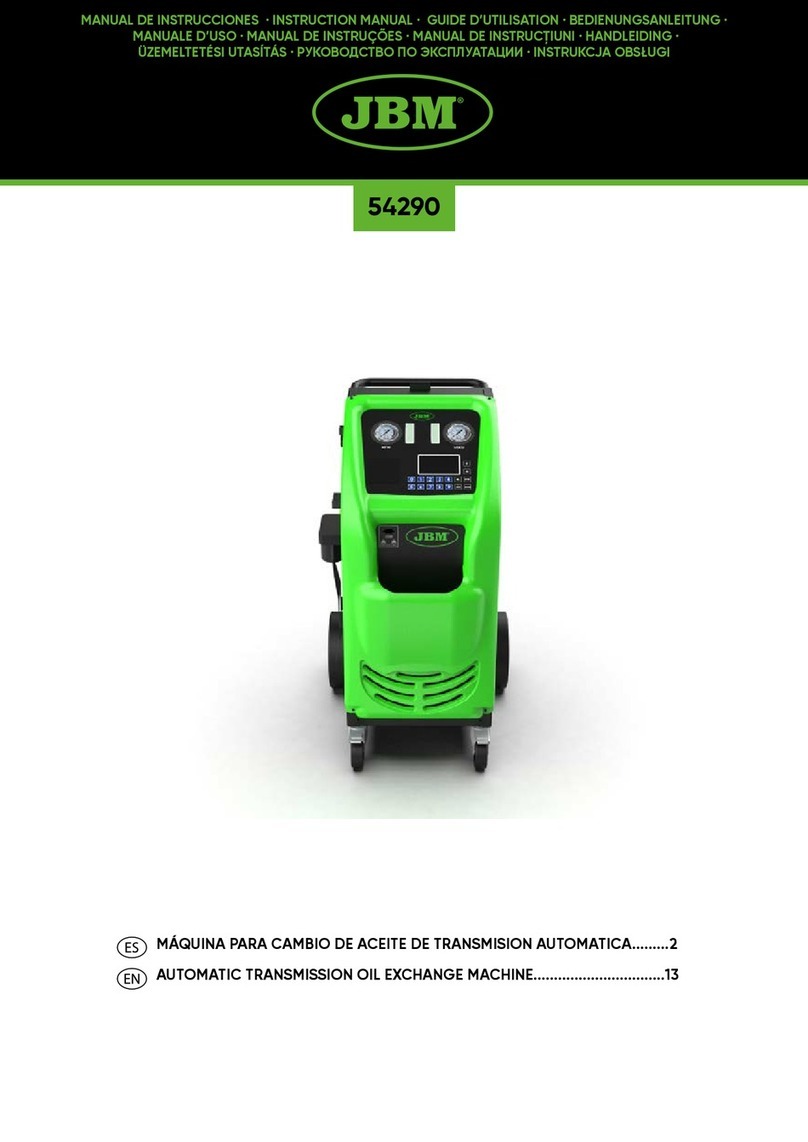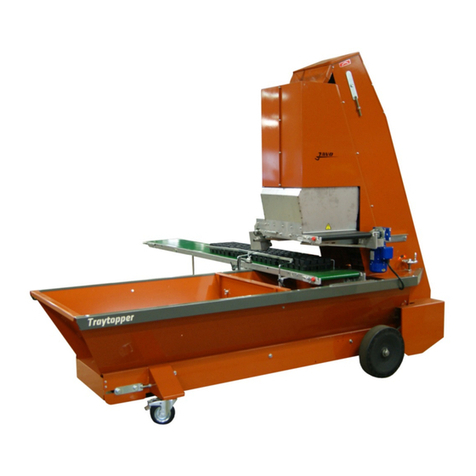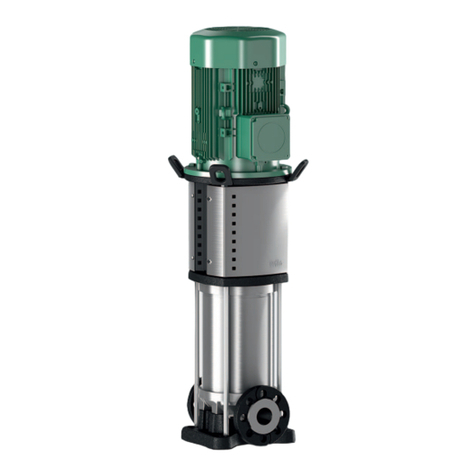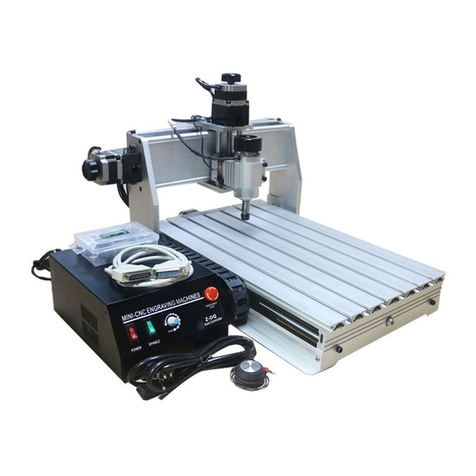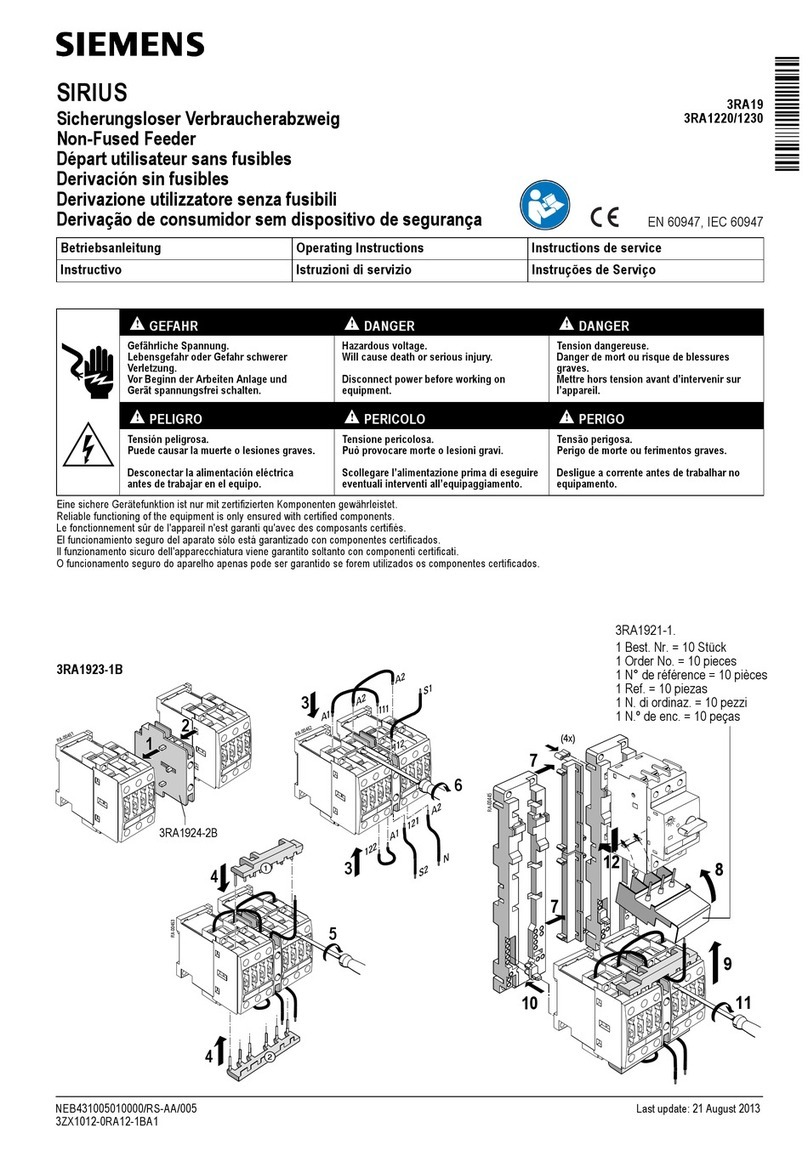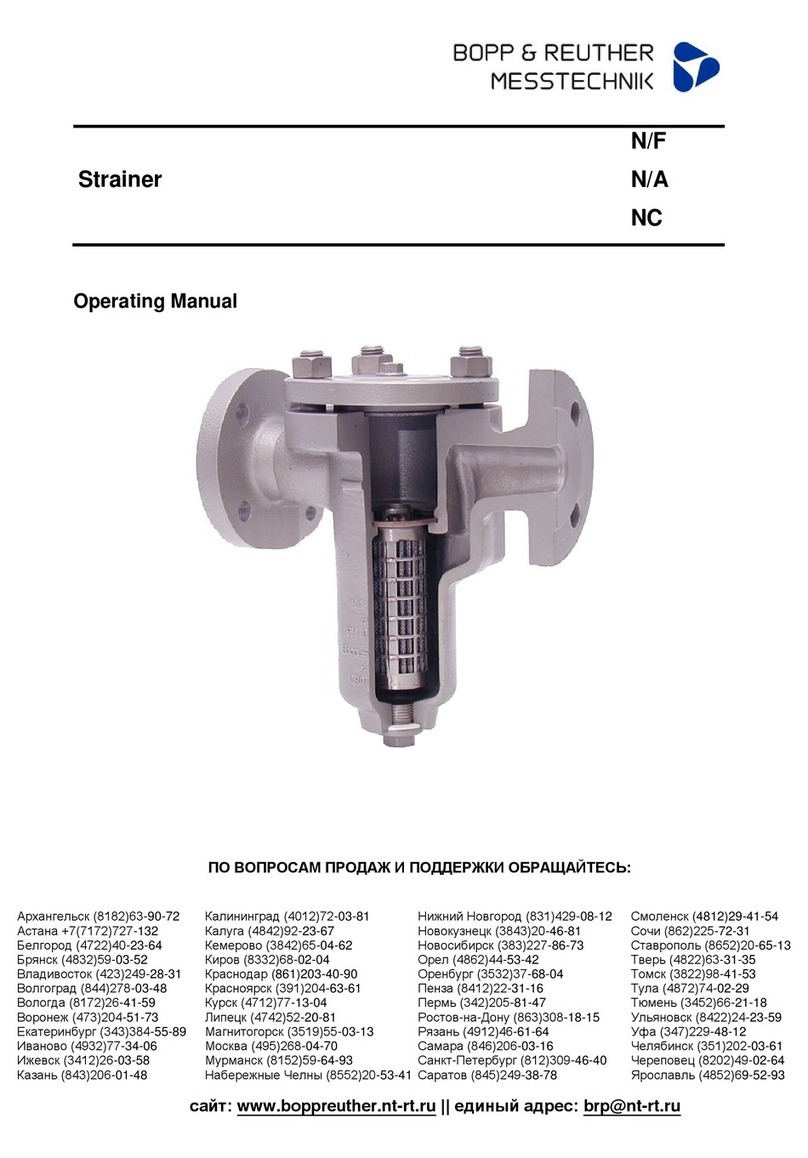
instructions. Incorrect selection or lack of
maintenance of consumables/ inserted tools/
other accessories may cause an unnecessary
increase in dust or fumes.
►Wear washable or disposable protective clothes
at the worksite, and shower and change into
clean clothes before leaving the worksite to
reduce exposure of dust and fumes to yourself,
other persons, cars, homes, and other areas.
►Avoid eating, drinking, and using tobacco
products in areas where there is dust or fumes.
►Wash your hands and face thoroughly as soon
as possible upon leaving the exposure area,
and always before eating, drinking, using
tobacco products, or making contact with other
persons.
►Comply with all applicable laws and regulations,
including occupational health and safety
regulations.
►Participate in air monitoring, medical
examination programs, and health and safety
training programs provided by your employer or
trade organizations and in accordance with
occupational health and safety regulations and
recommendations. Consult with physicians
experienced with relevant occupational
medicine.
►Work with your employer and trade organization
to reduce dust and fume exposure at the
worksite and to reduce the risks. Effective
health and safety programs, policies and
procedures for protecting workers and others
against harmful exposure to dust and fumes
should be established and implemented based
on advice from health and safety experts.
Consult with experts.
►Residues of hazardous substances on the
machine can be a risk. Before undertaking any
maintenance on the machine, clean it
thoroughly.
WARNING Electric shock
The hydraulic breaker is not insulated against
electric current. If the hydraulic breaker come in
contact with electric circuits or other electrical
power sources, there is a risk of severe injury or
death.
►Never work in the proximity of electric circuits or
other electrical power sources.
►Make sure there are no hidden electric circuits
in your working area.
WARNING Projectiles
Failure of the work piece, of accessories, or even
of the hydraulic breaker itself may generate high
velocity projectiles. During breaking, splinters, or
other particles may become projectiles and cause
bodily injury by striking the operator or other
persons. Also, breakage of the work piece,
accessories, or the working tool may generate high
velocity projectiles that can cause bodily injury. In
addition, objects falling from a height can cause
bodily injury. To reduce risks:
►Close off the working area.
►Before starting, make sure that no persons are
in the danger area, 20 meters both horizontally
and vertically from the hydraulic breaker.
►Immediately switch off the hydraulic breaker
when persons are present in the danger area.
►Press the working tool against the working
surface before you start.
►Never operate unless the working tool is
retained in the hydraulic breaker with a proper
tool retainer.
WARNING Noise hazard
High noise levels can cause permanent and
disabling hearing loss and other problems such as
tinnitus (ringing, buzzing, whistling, or humming in
the ears). To reduce risks and prevent an
unnecessary increase in noise levels:
►Risk assessment of these hazards and
implementation of appropriate controls is
essential.
►Operate and maintain the machine as
recommended in these instructions.
►Select, maintain and replace the working tool as
recommended in these instructions.
►If the machine has a silencer, check that it is in
place and in good working condition.
►Always use hearing protection.
►Use damping material to prevent work pieces
from 'ringing'.
Maintenance, precautions
WARNING Involuntary start
An involuntary start of the hydraulic breaker can
lead to severe injuries.
►Follow the instructions in the carrier manual to
prevent involuntary start of the hydraulic
breaker.
Safety and operating instructions SBU 160, 220, 340
8 © Construction Tools PC AB | 9800 0908 01 | 2018-04-11
Original instructions




















